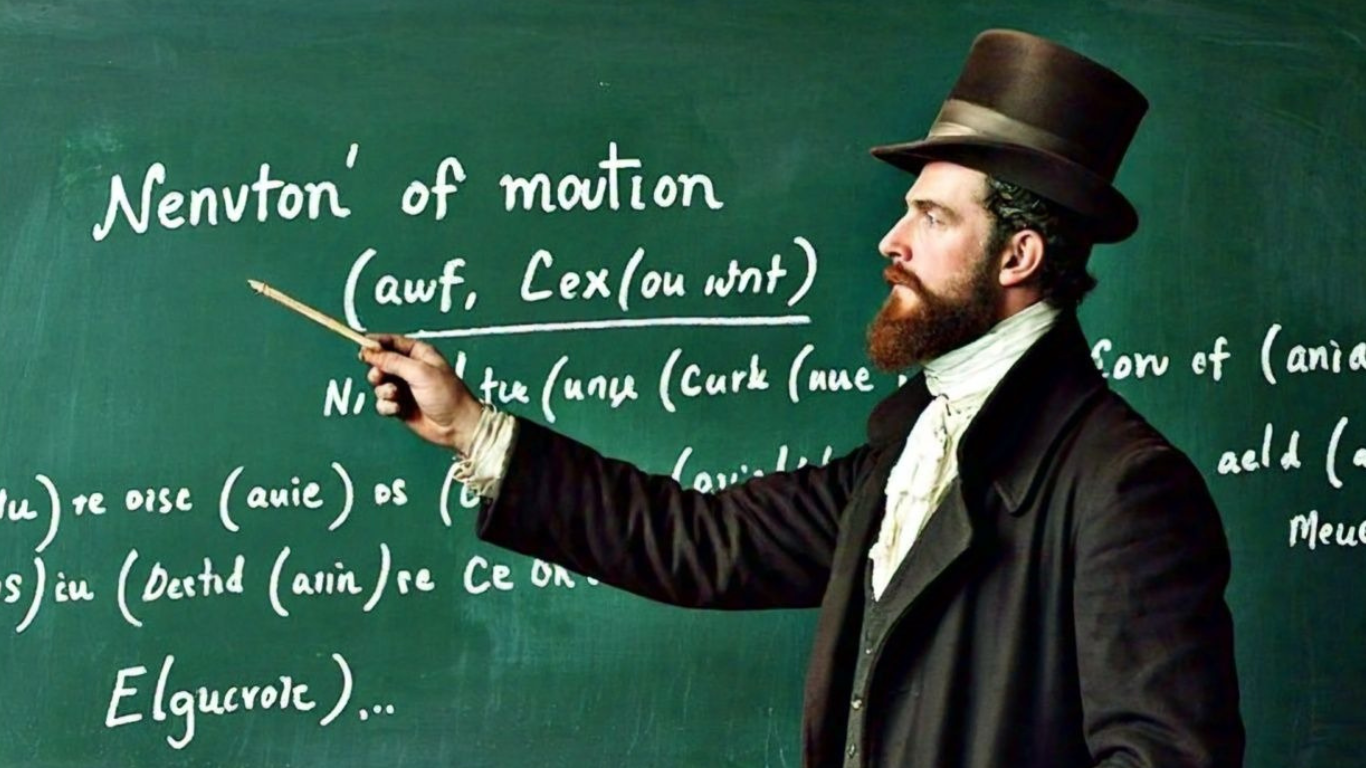Introduction to Newton’s Laws of Motion
Newton’s laws of motion are three fundamental principles that describe the relationship between the motion of an object and the forces acting on it. These laws form the cornerstone of classical mechanics and have wide applications in physics and engineering.
First Law: The Law of Inertia
The first law, also known as the law of inertia, states that an object at rest will stay at rest, and an object in motion will stay in motion at a constant velocity, unless acted upon by an external force. This law introduces the concept of inertia, which is the resistance of an object to any change in its state of motion.
Second Law: The Law of Acceleration
The second law states that the acceleration of an object is directly proportional to the net force acting on it and inversely proportional to its mass. This is often expressed with the equation f = ma, where f is the force applied, m is the mass of the object, and a is the acceleration produced. This law quantifies the effect of forces on the motion of an object, allowing for the calculation of acceleration when the force and mass are known.
Third Law: Action and Reaction
The third law states that for every action, there is an equal and opposite reaction. This law explains the interactions between objects. When one object exerts a force on another, the second object exerts an equal and opposite force on the first. This principle is crucial for understanding the behavior of objects in various physical situations.
Conclusion
Newton’s laws of motion form the basis for the study of mechanics. These laws not only help in understanding how objects move but also provide the foundational principles used in various fields of physics and engineering.
